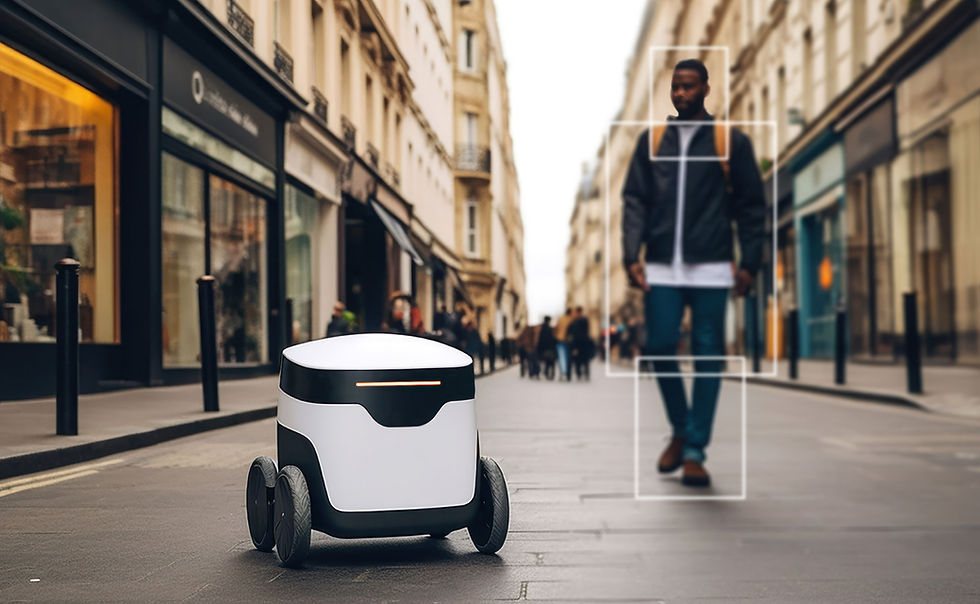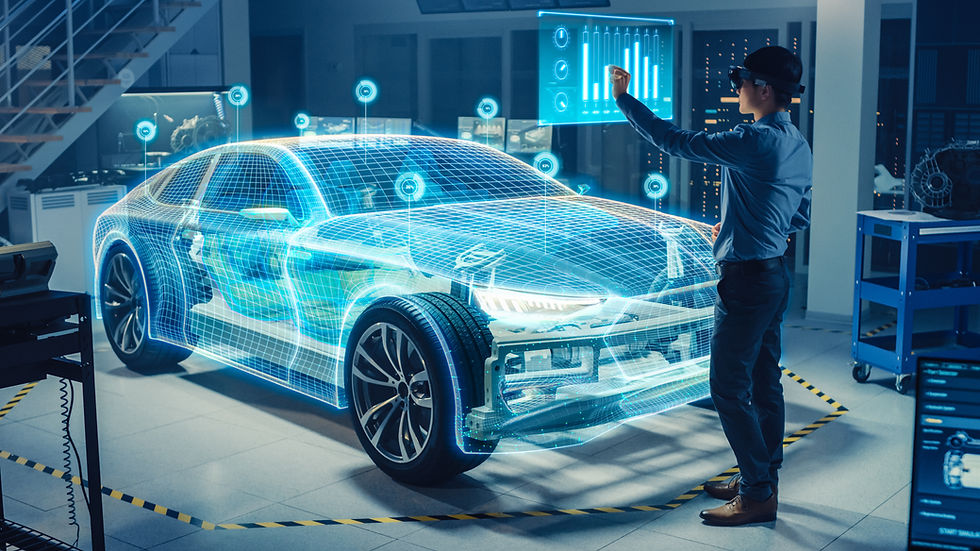Safeguarding Automotive Data: Generative AI and Data Security and Privacy
- Shreshth Virmani
- Aug 24, 2023
- 2 min read

In the era of connected vehicles and advanced automotive technologies, a critical challenge emerges—ensuring robust data security and safeguarding user privacy. Generative Artificial Intelligence (AI) is stepping into the spotlight, reshaping the landscape of data security and privacy in the automotive sector. This article embarks on an insightful journey through the realm of automotive data security and privacy, unveiling how the fusion of cutting-edge technology and proactive measures is redefining the way connected vehicles communicate, share data, and defend against cybersecurity threats. From secure communication to privacy-preserving strategies, Generative AI is forging a future where automotive data remains uncompromised, and user trust is upheld.
Introduction: Generative AI's Role in Data Security and Privacy
As vehicles become increasingly connected and data-driven, the challenge of protecting sensitive information and ensuring user privacy becomes paramount. Generative AI emerges as a powerful ally, collaborating with cybersecurity experts, data analysts, and manufacturers to create a fortified defense against potential threats. By harnessing AI-driven insights and predictive algorithms, Generative AI is fortifying automotive data systems, preventing unauthorized access, and maintaining the confidentiality of user information.
Secure Communication in Connected Vehicles: Shielding Information
The foundation of data security in connected vehicles is secure communication. Generative AI collaborates with encryption technologies to establish secure channels for data transmission. This prevents malicious actors from intercepting sensitive information exchanged between vehicles, infrastructure, and external systems.
Privacy-Preserving Data Sharing: Balancing Connectivity and Privacy
Balancing connectivity with user privacy is a delicate task, and Generative AI addresses this challenge head-on. AI-driven anonymization techniques ensure that user data shared for navigation, traffic management, or other purposes is stripped of personally identifiable information, preserving user anonymity.
Cybersecurity Threat Detection: Vigilance Against Breaches
The battle against cybersecurity threats gains an advantage with AI vigilance. Generative AI analyzes vast volumes of data for anomalous patterns that could indicate potential breaches. By detecting unusual behaviors and potential vulnerabilities, AI-powered systems enable rapid response and mitigation of threats.
Incident Response and Mitigation: Fortifying Resilience
Generative AI enhances incident response strategies. By analyzing historical data on cyberattacks and breaches, AI generates insights that guide the development of mitigation strategies and enhance the overall resilience of automotive data systems.
Technology Company's Role: Ensuring Data Fortification
Technology companies play a pivotal role in this transformation. They collaborate with automakers to integrate Generative AI into cybersecurity protocols, data sharing frameworks, and incident response strategies. This partnership ensures that AI becomes an integral facet of protecting automotive data.
Ethical Considerations: Navigating AI's Impact on Privacy
As Generative AI safeguards automotive data, ethical considerations arise. Ensuring AI-driven security measures prioritize user privacy, addressing concerns of data ownership and transparency in data handling, and maintaining a balance between data protection and usability are essential.
Conclusion: Upholding Data Trust
Generative AI's impact on automotive data security and privacy is akin to fortifying the walls of digital trust. As secure communication, privacy-preserving strategies, and cybersecurity threat detection converge, they nurture a future where automotive data remains impervious to breaches, user privacy is preserved, and trust in connected vehicles is upheld.




Comments